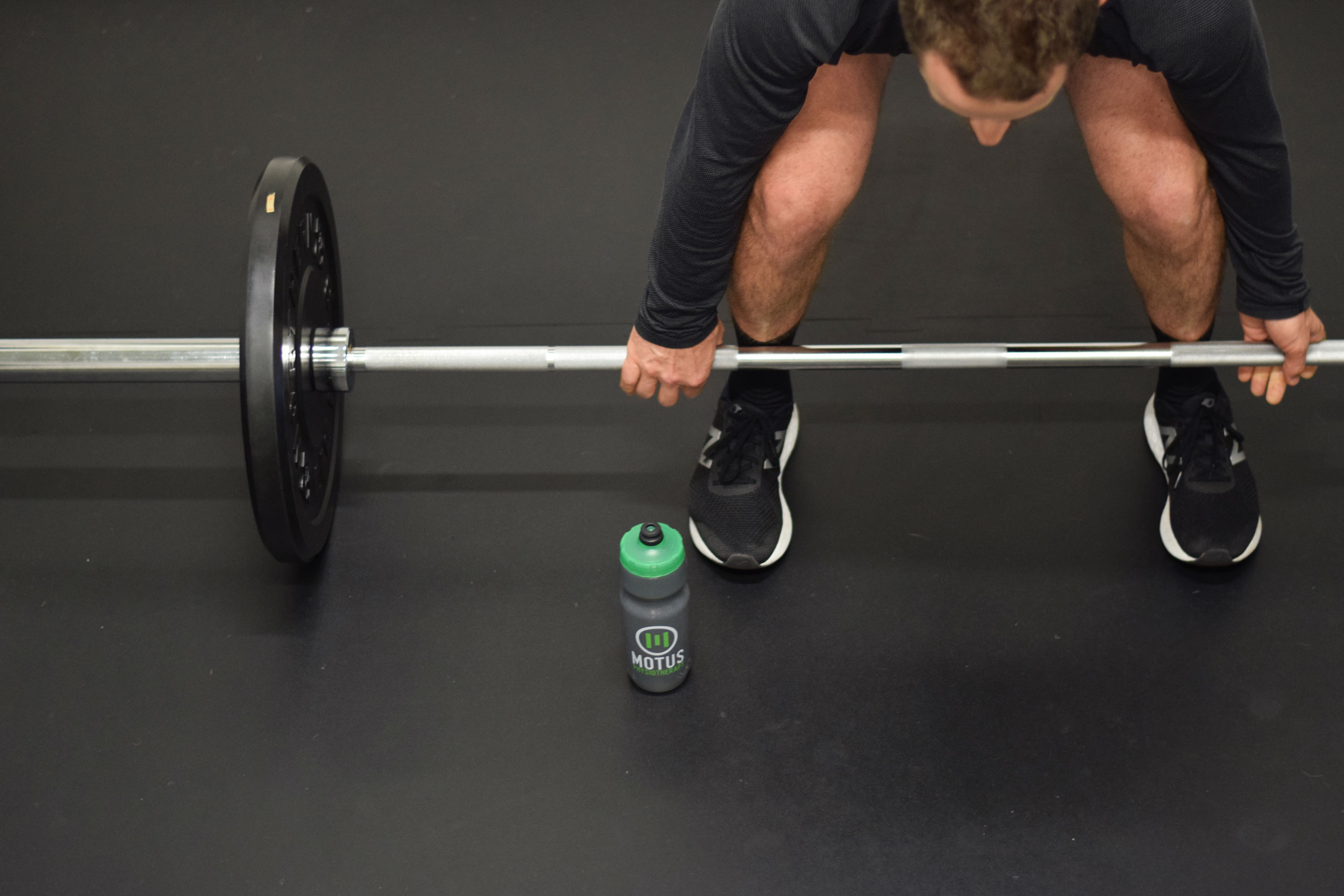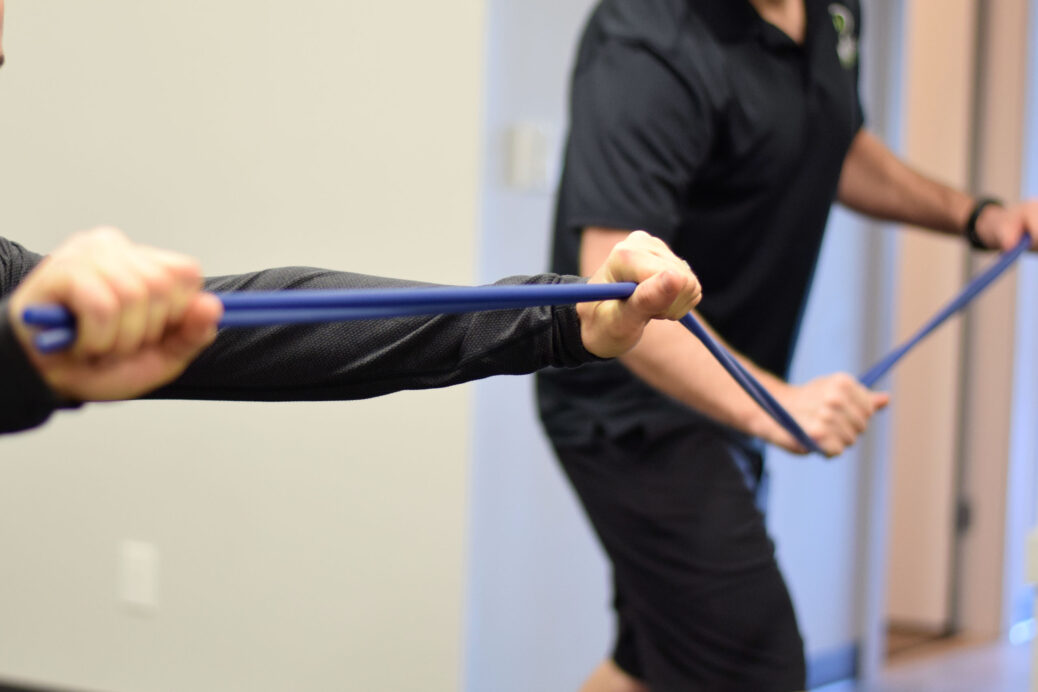Strength training has long been a cornerstone of physiotherapy practice, but its benefits extend far beyond the obvious goal of building muscle strength. While most patients associate strength training with bulking up or increasing raw power, physiotherapists understand that it has other advantages—ones that might surprise you. Let’s explore the less-discussed yet equally important benefits of incorporating strength training into your rehabilitation journey.
The Surprising Relationship Between Strength and Health
When we think about strength training in physiotherapy, most assume its main purpose is fixing weakness. However, research shows there’s much more to the story. A major study published in The Lancet medical journal (Leong et al., 2015) found something unexpected: your grip strength predicts your overall health better than your blood pressure does.
This large study looked at nearly 140,000 people across 17 countries. The researchers discovered that for every 5 kg decrease in grip strength (about 11 pounds), there was a 16% higher risk of death from any cause and a 17% higher risk of death from heart problems. Simply put, stronger grip strength was linked to living longer, even more so than having normal blood pressure.
Think of grip strength as a window into your overall health, like a simple test that reveals how well your whole body is functioning. This suggests that strength training isn’t just about getting stronger muscles; it’s about improving your overall health and potentially helping you live longer.

Strength and Injury: A Complex Relationship
The relationship between strength and injury risk isn’t as straightforward as you might think. In sports rehabilitation, for example, hip strength has been linked to groin injury risk in certain athletes. However, this connection doesn’t hold true for everyone.
What’s even more surprising is that runners with knee pain often have similar leg strength as pain-free runners. This challenges the common belief that pain happens simply because a muscle is weak. If weakness isn’t always behind pain, why does strength training help?
Pain Relief Without Strength Gains?
Here’s something that might surprise you: strength training can effectively reduce pain even when your measurable strength doesn’t increase. Patients often report feeling much better even when tests show their strength hasn’t changed much.
This suggests that the benefits of strength training go beyond just making muscles physically stronger. When your physiotherapist prescribes resistance exercises, they’re activating multiple healing pathways at once.
Beyond Muscle: Neural Adaptations
One explanation involves how strength training affects your nervous system. These exercises can change how your brain processes pain signals and coordinates movement. They can help “reset” problematic movement patterns and alter pain perception without necessarily making you stronger.
The controlled movements in strength training give your nervous system positive, non-threatening movement experiences. This gradually desensitizes painful areas and builds confidence in moving again. These brain changes may be happening even when you don’t see or feel your muscles getting stronger.
The Confidence Factor
Strength training helps people feel more capable in their bodies—a psychological benefit that’s really, really important. This improved self-confidence often leads to reduced fear of movement, increased physical activity, and a positive effect on recovery.
Many patients limit movement because they’re afraid of pain or re-injury. Structured strength training provides a safe way to challenge these fears and rebuild trust in your body. This mental component may explain why patients improve even when strength measurements don’t change much.
Conclusion: A More Nuanced Approach
Strength training in physiotherapy is about more than just “get stronger to feel better.” Research shows that pain often decreases before strength significantly increases, suggesting multiple healing mechanisms at work.
By incorporating targeted strength training into your rehabilitation program, you’re not just building stronger muscles—you’re retraining your nervous system, building movement confidence, and creating a more resilient, functional body.
The next time your physiotherapist prescribes strength exercises, remember their value extends far beyond simply making you stronger. Strength training can help with pain, even if your strength doesn’t actually change!




